Bacalhau, the iconic salt cod, is a cornerstone of Portuguese cuisine, renowned for its versatility and deeply rooted culinary traditions. In this article, we delve into the art of cooking Bacalhau, exploring its significance, traditional recipes, cooking techniques, and the perfect wine pairings to elevate your dining experience. Whether you’re a seasoned chef or a curious food enthusiast, these insights will guide you through the process of creating authentic Bacalhau dishes that capture the essence of Portugal’s rich gastronomic heritage.
- Bacalhau is a traditional Portuguese salt cod dish with over 1,000 recipes, illustrating its importance in Portuguese culture and its versatility in cooking.
- Proper preparation of Bacalhau involves soaking and desalting for up to 3 days, with frequent water changes, to ensure the perfect balance of flavor.
- When serving Bacalhau, it’s traditionally paired with potatoes, and the dish is often complemented by wines such as Vinho Verde or mature wines from regions like Alentejo or the Douro.
- Bacalhau holds cultural significance, often consumed during religious festivities and social occasions, reflecting its deep-rooted place in Portuguese and other Roman Catholic countries’ traditions.
Bacalhau: The Basics
What is Bacalhau?
Let’s dive into the world of Bacalhau, a cornerstone of Portuguese cuisine. Bacalhau is the Portuguese term for cod, but when we talk about it in the kitchen, we’re referring to the dried and salted version of this fish. It’s a preservation method that has deep historical roots, allowing the cod to be kept for extended periods without spoiling.
In Portugal, ‘cod’ implies the salted and dried form, and it’s quite a challenge to find fresh cod in the markets. This ‘loyal friend’ has been a staple in Portuguese households for centuries, providing a reliable and versatile protein source. The process of salting and drying not only preserves the fish but also imparts a unique flavor and texture that’s become synonymous with Portuguese gastronomy.
When we prepare Bacalhau, it’s essential to consider the soaking time. A large piece may require up to 2-3 days in the fridge, with water changes three to four times a day, while a smaller piece might only need about 24 hours. The key is to taste a small piece during the soaking process; if it’s too salty, it needs more time. Remember to remove the skin before cooking, and if the water becomes too salty while boiling, don’t hesitate to replace it.
The Importance in Portuguese Cuisine
We can’t talk about Portuguese cuisine without mentioning bacalhau. It’s not just another dish; it’s a symbol of our history and culture. With roots dating back to the Age of Discoveries, bacalhau has been a staple of our diet for centuries. Sailors relied on this preserved fish during their long voyages, and it has since become a beloved ingredient in countless family recipes.
In every corner of Portugal, you’ll find bacalhau in various forms. It’s a versatile fish that can be prepared in over a thousand ways, truly showcasing the creativity of Portuguese cooks. From simple, rustic dishes to more elaborate culinary creations, bacalhau is a testament to our nation’s love for good food and tradition.
Bacalhau isn’t just food; it’s a piece of Portuguese soul on a plate.
Whether it’s a festive holiday meal or a casual weeknight dinner, bacalhau is always a centerpiece. It brings people together, telling stories of the past while being very much a part of our present. We cherish it, we celebrate it, and we continue to find new ways to enjoy it.
Preparation of Salt Cod for Cooking
Before we dive into a mouth-watering recipe, let’s get our bacalhau ready for the culinary adventure. We start by giving the salt cod a good rinse under cold water to wash away the surface salt. Then, it’s time for a nice long soak. We’ll need to submerge the bacalhau in cold water and keep it in the fridge for up to 2-3 days, changing the water three to four times a day. For smaller pieces, a 24-hour soak might suffice. It’s a bit like a spa treatment for the fish, ensuring it’s perfectly prepped for cooking.
Remember, patience is key here. The soaking process is crucial to achieving the right flavour and texture. Taste a tiny piece after the initial soak. If it’s still too salty, let it bathe a bit longer.
Once our bacalhau is sufficiently desalted, we’ll remove the skin and any bones. It’s then ready to be gently boiled until it flakes beautifully. If the boiling water becomes too salty, don’t hesitate to replace it with fresh water. This ensures our bacalhau is tender and not overly salty, setting the stage for a delicious meal.
Bacalhau Assado
After exploring the rich variety of bacalhau dishes, we come to the heartwarming ‘Bacalhau Assado’. This dish is a testament to the simplicity and robust flavors that Portuguese cuisine is known for. We start by selecting the best quality salt cod, which is then soaked and prepared with care to ensure the perfect texture and taste.
When it comes to seasoning, we stick to the classics. A generous drizzle of olive oil, a sprinkle of garlic, and a touch of black or white pepper bring out the natural flavors of the fish. We often add a few bay leaves and a handful of parsley or coriander for that fresh, herby note. The bacalhau is then roasted to perfection, creating a dish that’s both rustic and refined.
Remember, the key to a perfect ‘Bacalhau Assado’ lies in the balance of flavors and the quality of the fish. It’s about enhancing, not overpowering, the natural taste of bacalhau.
To serve, we pair the bacalhau with a variety of sides. Potatoes are a classic choice, but we don’t shy away from sweet potatoes, yams, or even fresh bread to soak up all the delicious flavors. And to complete the experience, we select a wine that complements the dish. A green wine like Vinho Verde or a more mature option from Alentejo, Dão, or Douro regions can elevate the meal to new heights.
Cooking Techniques and Tips
Soaking and Desalting Bacalhau
Before we can dive into the delicious world of Bacalhau dishes, we’ve got to tackle the initial step: soaking and desalting. This process is crucial because it removes the excess salt used in preservation, ensuring the fish has just the right flavor. Here’s how we do it:
- Start by placing your Bacalhau in a large bowl or container. Make sure it’s fully submerged in cold water.
- Keep the container in the fridge throughout the soaking period to prevent spoilage.
- Change the water every 4 to 6 hours to gradually leach out the salt.
The duration of soaking depends on the size of your Bacalhau piece. A small piece may only require about 24 hours, while a larger one could need up to 2-3 days. Always taste a small piece to check if it’s ready; if it’s still too salty, let it soak a bit longer.
Remember, patience is key here. Rushing this step can lead to a dish that’s overly salty and not as enjoyable.
Once the Bacalhau is properly desalted, remove the skin and proceed to the next cooking steps. Whether you’re boiling, baking, or frying, starting with a well-prepared fish is the foundation of a great Bacalhau dish.
Boiling and Flaking the Fish
Once we’ve soaked and desalted our bacalhau, it’s time to get it ready for the magic to happen. We start by bringing a large saucepan of water to a boil. Gently place the bacalhau in the water and let it simmer. We’re looking for that perfect flakiness, which usually takes about 10 minutes. Keep an eye on the pot; we don’t want it overcooked.
After the fish is cooked through, we carefully drain it and get to work on removing any bones. It’s a hands-on task, so we feel the fish with our fingertips to make sure it’s bone-free. Then, we cut the bacalhau into small strips, no thicker than a finger’s width. This is the perfect size for even cooking and ideal texture in our dishes.
Remember, the key to perfect bacalhau is in the flake. It should be tender and moist, not dry or overly chewy. This is the foundation of a great bacalhau dish, so take your time with this step.
Now, we’re ready to incorporate the flaked bacalhau into any recipe we desire, from the hearty Bacalhau à Brás to the elegant Bacalhau à Lagareiro. Each dish will showcase the delicate flavor and texture of this beloved fish.
Pairing with Potatoes and Other Sides
When we’re talking about bacalhau, the humble potato is more than just a side; it’s a co-star. We’ve got a few tricks up our sleeves to ensure those spuds are worthy of sharing the plate with our salt cod. First off, let’s talk about punched potatoes. These aren’t your average boiled potatoes; they’re lightly punched after cooking to let all the flavors seep in, making them irresistibly tasty.
Here’s a quick rundown on how to prep those perfect potatoes:
- Preheat your oven to 180C (that’s350F).
- Drizzle olive oil in an oven tray and toss in the washed potatoes.
- Season with salt and pepper, then roast for about 30 minutes until golden.
But wait, there’s more! While those potatoes are getting all crispy and delicious, we can’t forget about the aromatics. In a pan, heat some virgin olive oil with sliced onions and bay leaves. This concoction will not only smell heavenly but will also be the perfect complement to our bacalhau.
Remember, the key to a great bacalhau dish is in the details. The potatoes should be tender enough to absorb the rich olive oil and the aromatic flavors of garlic, onion, and bay leaves.
And if you’re feeling adventurous, why not mix it up with different veggies or even switch out the type of fish? The beauty of bacalhau is its versatility, so feel free to experiment and find your perfect pairing.
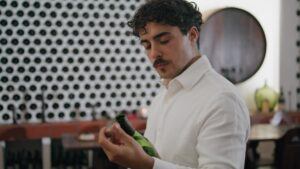
Choosing the Right Wine
After we’ve chosen the perfect wine to complement our Bacalhau, it’s time to think about the final touches that will elevate our dish to the next level. We know that the right accompaniments and garnishes not only add to the visual appeal but also enhance the flavors of our main course.
For a truly authentic experience, we often lean towards simple, fresh garnishes that reflect the dish’s origins. A sprinkle of chopped parsley or coriander, a few olives, and a drizzle of high-quality olive oil can make all the difference. Here’s a quick list of garnishes we love to pair with Bacalhau:
- Chopped parsley or coriander
- Sliced olives
- A drizzle of extra virgin olive oil
- Lemon wedges for a fresh citrus kick
- Crispy fried potatoes or thinly sliced raw onions for texture
Remember, the key is to keep it simple and let the flavors of the Bacalhau shine through. A well-chosen garnish should complement, not overpower, the delicate taste of the fish.
When it comes to serving Bacalhau, we believe that less is more. A few well-chosen garnishes can turn a good dish into a great one, creating a harmonious balance that delights the palate.
Accompaniments and Garnishes
After we’ve put so much love into preparing our Bacalhau, the right accompaniments and garnishes can truly make the dish shine. We often opt for simple, fresh sides that complement the rich flavors of the fish. Here’s a quick rundown of our go-to choices:
- Olives: A bowl of mixed olives brings a briny contrast.
- Crusty bread: Essential for mopping up any delicious sauces.
- Salad: A crisp green salad balances the meal.
- Potatoes: Whether roasted or boiled, they’re a classic pairing.
Remember, the key is to keep it simple and let the Bacalhau be the star. And for a final touch, a sprinkle of chopped parsley or coriander can add a fresh burst of flavor and color.
When it comes to garnishes, less is often more. A light dusting of paprika or a drizzle of good quality olive oil can elevate the dish without overpowering it.
Frequently Asked Questions
What is Bacalhau?
Bacalhau or salt cod is cod that has been preserved in salt. It is a staple in Portuguese cuisine and is known for its versatility in various dishes.
How long should Bacalhau be soaked before cooking?
Bacalhau should be soaked in cold water for up to 2-3 days for large pieces, or about 24 hours for smaller pieces, changing the water several times to remove excess salt.
What are some traditional Bacalhau dishes?
Traditional Bacalhau dishes include Bacalhau à Gomes de Sá, Bacalhau à Brás, Bacalhau Assado, and Bacalhau à Lagareiro, among many others.
What are the best wines to pair with Bacalhau?
Green wine (vinho verde), mature wines like Alentejo, Dão, or Douro wine are typically served with Bacalhau dishes.
Can Bacalhau be eaten fresh or is it always salted?
Bacalhau is typically salted and dried. It is one of the few species of fish not consumed fresh in Portugal, which has a high per capita fish consumption.
What are common accompaniments for Bacalhau dishes?
Bacalhau is often served with potatoes, sweet potatoes, yams, fresh bread, and is flavored with garlic, onion, olive oil, various spices, and fresh herbs like parsley and coriander.

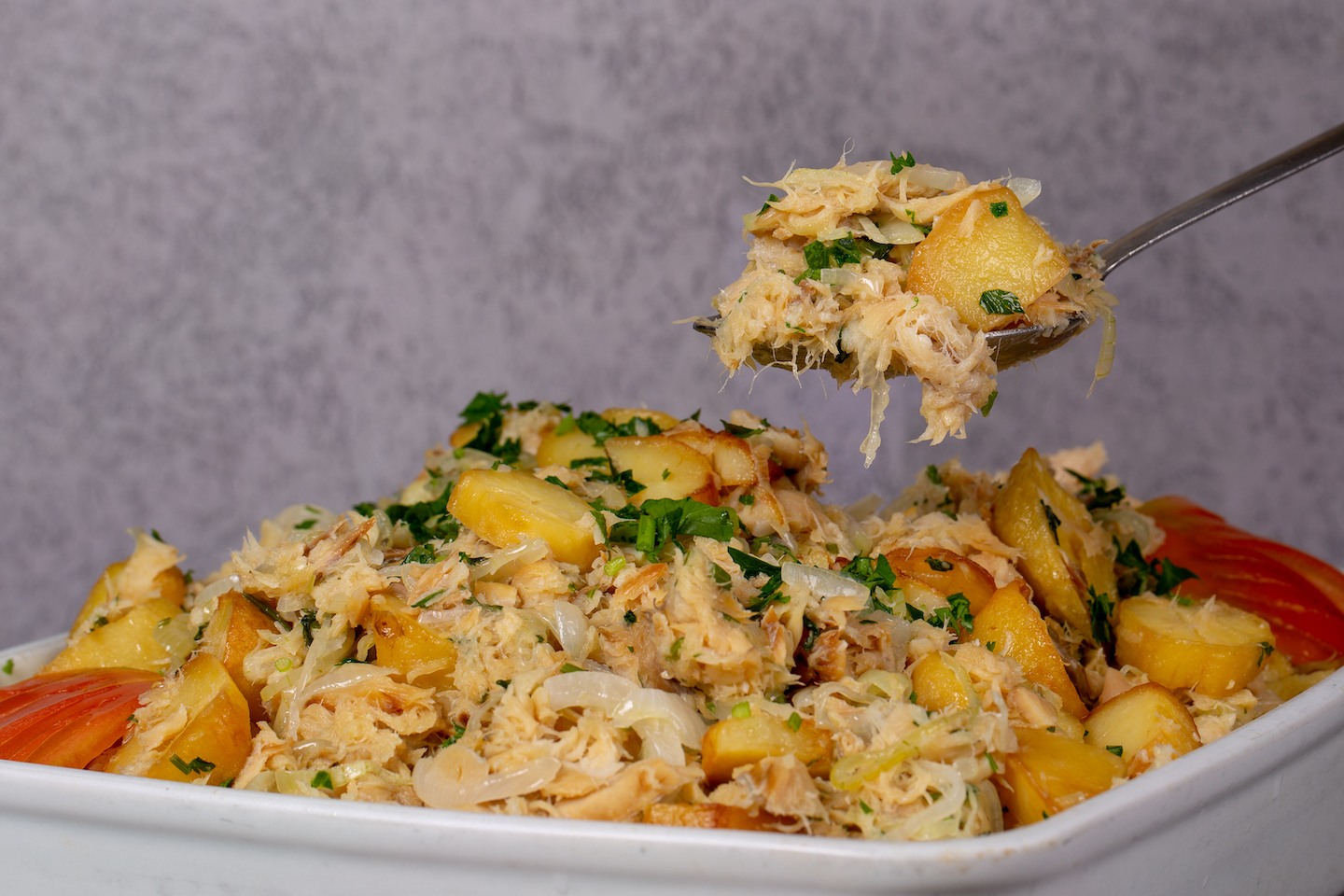

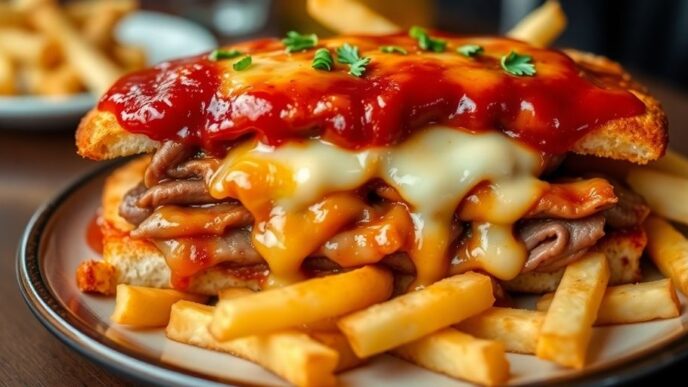
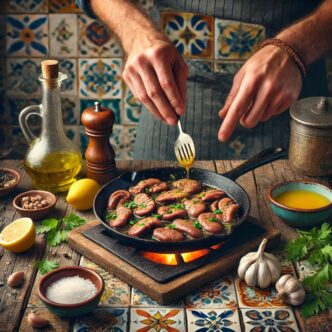
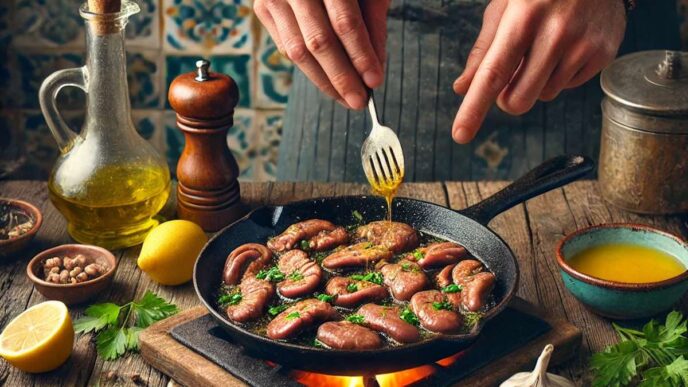
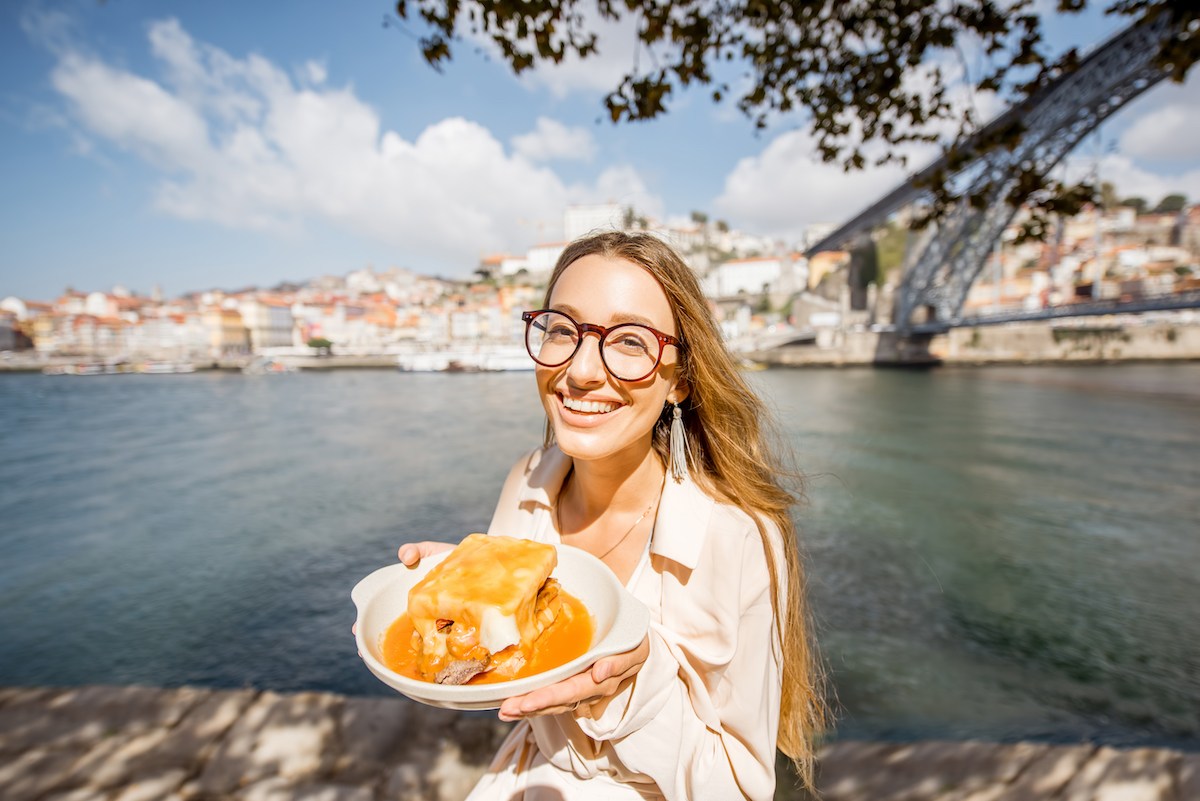
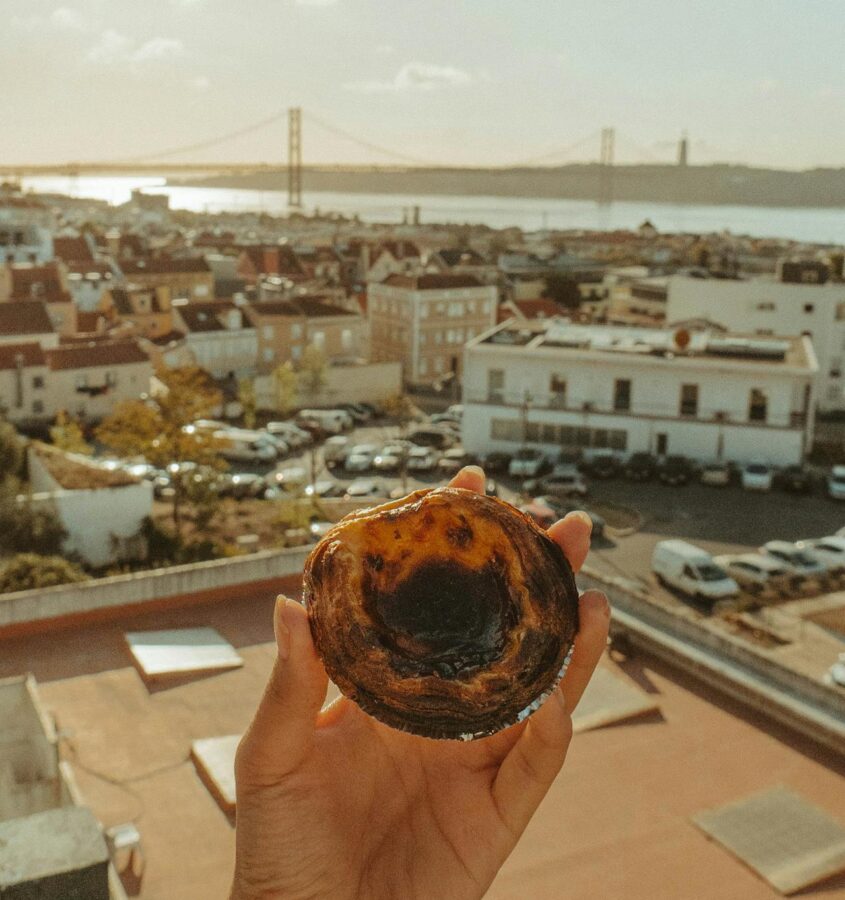
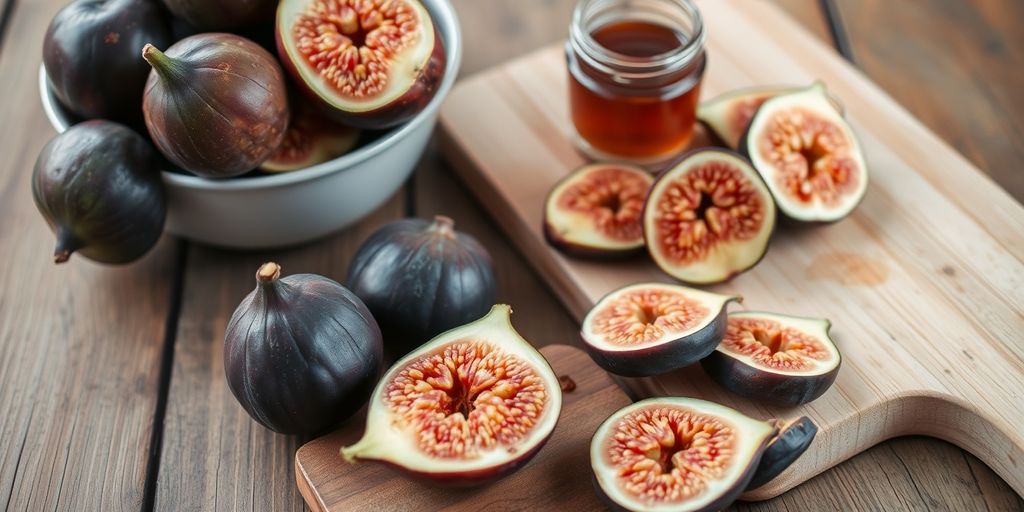
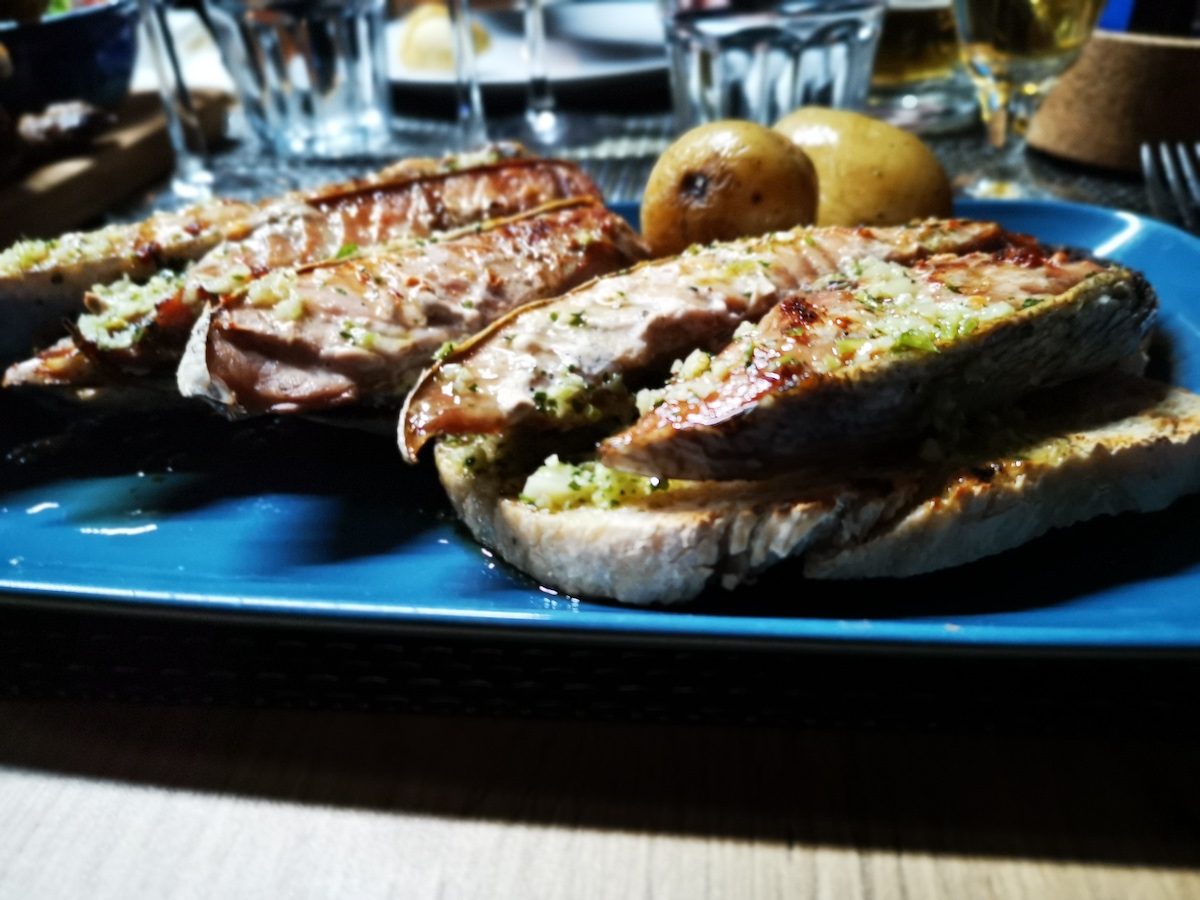
I had a dish in Macau, Bacalau in a ball of potato with sliced back olives coriander, roasted in the oven with Roast Ox Tongue, I have made this dish for special occasions and it never fails to impress. I would really like the correct recipe, but dont know the Portugese name.